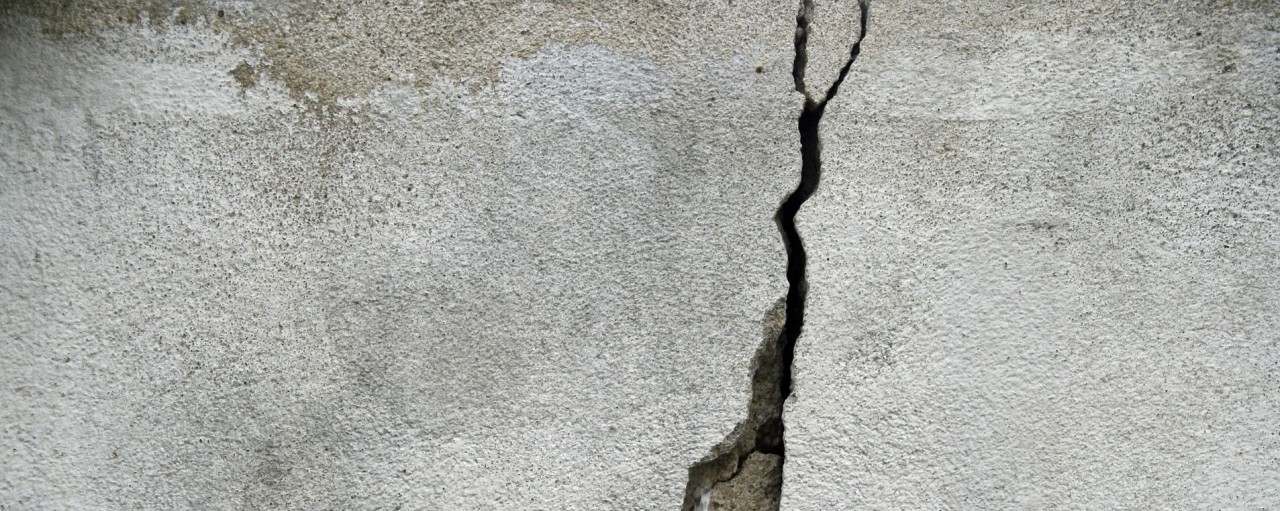Self Healing Materials - The Way Forward
Self-healing materials aren't a completely new concept. But to this day, the term "self-healing" feels like something out of the blue. It seems like an impossible feat for a material to regenerate or "heal", without the interference of external elements. But we're slowly making progress, and getting somewhere with this technology now.
In general, building materials would degrade over time, due to microscopic damage that's hard to detect early-on. But self-healing materials have the ability to initiate repairs and prevent damage on the microscopic level, before it spreads and becomes a bigger issue. They're smart materials, which are capable of autonomous/spontaneous or stimulated repair of their damage under external stimuli, such as heat, light, and solvents, without external or human involvement. The process of self-healing is made possible by the materials added. This can be applied to virtually any material group.
Self-Healing Process
1. First of all, a material will be damaged.
2. Then, the material must detect where the damage is located.
3. The repair is carried out: a chemical reaction creates material or original bonds are recovering.
The industry that's most focused on the use of such materials, is of course the construction industry. We need the latest and greatest in terms of technology, materials, and planning, to improve how we do things and how we can go forward. Structural builds are difficult and time consuming to construct. For bigger projects the total cost of each project isn't low either, and the demand of large and tall structures increases all the time. Lastly, within the last decade or so there has been more construction than ever before. So the need for sturdy long lasting materials, is at an all time high today. There have been uses of self-healing material on smaller levels as well, such as back covers for phones. That too is an interesting approach. But while there it's a possibility, here it's a requirement of the time. You can always buy a new phone, but you can't always make a new building.
Self Healing Concrete
The most relevant element among self-healing products for this industry, is self-healing concrete. Most construction work is done with the concrete, and while traditional concrete is sturdy and long lasting, we now need even more sturdiness and durability. The structures built a few decades are small fry, compared to what we aim to achieve in the future.
Concrete is susceptible to cracks that can compromise the entire structure of a building. If cracks aren't caught and filled while they're small, it can lead to catastrophic damages. If micro-cracks grow and reach the reinforcement, they allow the ingress of water, carbon dioxide and chlorine ions into the structure. Therefore, cracks have to be repaired, but this is expensive and the labor is intensive. Concrete is solid, durable, easy to mass produce, easy to maintain, but the costs involved for maintenance and repair of concrete structures are usually high.
But this problem can be deterred, by the use of self-healing concrete. Self-healing of cracks in concrete would contribute to a longer service life of concrete structures and would make the material not only more durable but also more sustainable. It gives us the ability to construct buildings without worrying about damages or intensive maintenance. Self-healing concrete will save both lives and resources, and significantly reduce life cycle carbon emissions. It will biologically produce minerals like limestone with the help of bacteria present in it, which will heal cracks that appear on the concrete surfaces.
Where Do We Stand So Far?
According to a 2017 report posted on MARKETS AND MARKETS,
"The global self-healing materials market was valued at USD 49.8 million in 2015 and is projected to reach USD 2,447.7 million by 2021, registering a CAGR of 95.0% between 2016 and 2021"
We're now near the end of 2020, and material scientists are closer than ever to reproducing this ability in everyday materials, which would hail in a new era in civil engineering and construction. Cost-reduction through the development of cheaper versions of self-healing concrete would help raise the consumption of the product and enable wider distribution of the benefits associated with it. The benefits for larger structures, especially the underground ones, are significant.
Researchers globally have been striving to create the most viable solutions for self-healing. Many materials are being tested and experimented on, and there are already multiple methods for us to go forward. Within the scope of this discussion, there's also series of international conferences being held recently. These conferences will take place in different parts of the world, and focused around Self-Healing Materials and Construction Materials.
These are scheduled to be a series of events, spread out over the course of two years. Starting from the December of 2020 and continuing onwards till the December of 2022. According to the information on World Academy of Science, Engineering and Technology, there are 9 events in total.
Three of these conferences are to held in Dubai on the following months:
- December, 2020
- July, 2021
- July, 2022
These events are meant to be a collaborative effort towards finding the most recent innovations, trends, and concerns as well as practical challenges encountered and solutions adopted in the fields of Self-Healing Materials and Construction Materials Conference.
Related Posts
Comments
By accepting you will be accessing a service provided by a third-party external to https://www.mbt-techserv.com/



